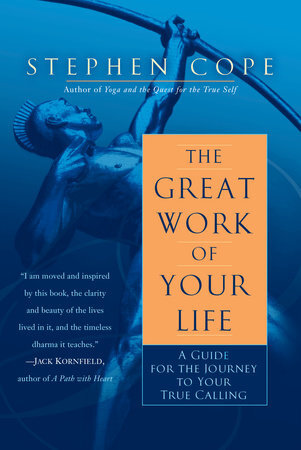Light on Life is the most amazing complete insightful book on how yoga is life. BKS Iyengar writes incredibly insightful books on the healing power of yoga. He knew first hand how it transformed his life as when he was young he suffered from many illnesses (tuberculosis, typhoid, malaria) and from malnutrition. His brother-in-law however was the great Krishnamacharya and even though he didn't believe in the ability of Iyengar, he trained him and this made Iyengar one of the great yogis of his time. He focussed very much on the alignment aided with props. In this book he talks about how the yoga philosophy can help us in life.
“Here Iyengar explores the yogic goal to integrate the different parts of the self (body, emotions, mind, and soul), the role that the yoga postures and breathing techniques play in our search for wholeness, the external and internal obstacles that keep us from progressing along the path, and how yoga can transform our lives and help us to live in harmony with the world around us. For the first time, Iyengar uses stories from his own life, humor, and examples from modern culture to illustrate the profound gifts that yoga offers. Written with the depth of this sage's great wisdom, Light on Life is the culmination of a master's spiritual genius, a treasured companion to his seminal Light on Yoga.”
Maybe it was the timing of me reading this book (I had had it unread on my kindle for some time) but I ended up highlighting pretty much the entire book. Insightful to the extreme and a must read for yogis. But as it has so many of the yogic concepts combined in this book (the Koshas, 8-limbed path, gunas, etc.) it can be a bit challenging for those new to yoga. Stick with it though as he does explain and gives great real life examples. Just read and re-read.
“It is through the alignment of the body that I discovered the alignment of my mind, self, and intelligence.”










